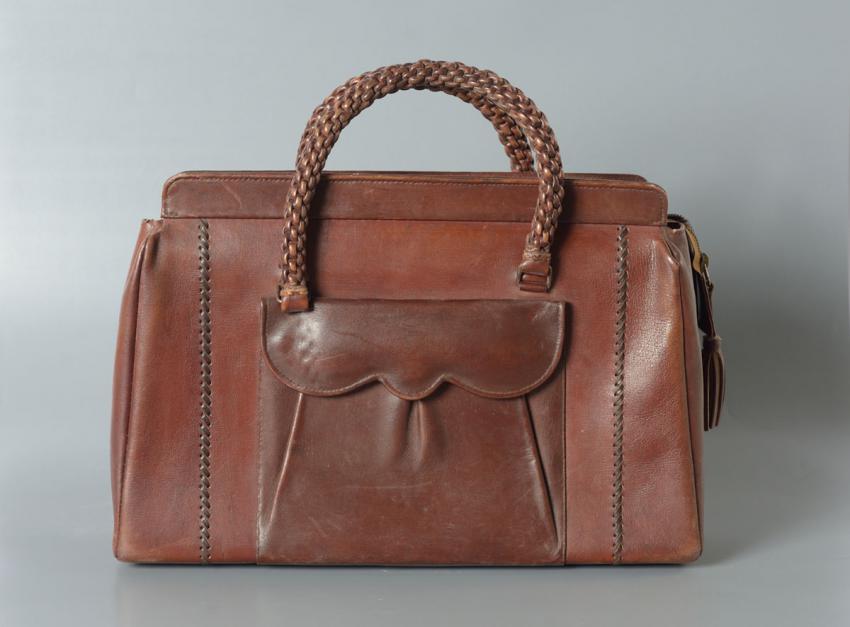
Yad Vashem Artifacts Collection

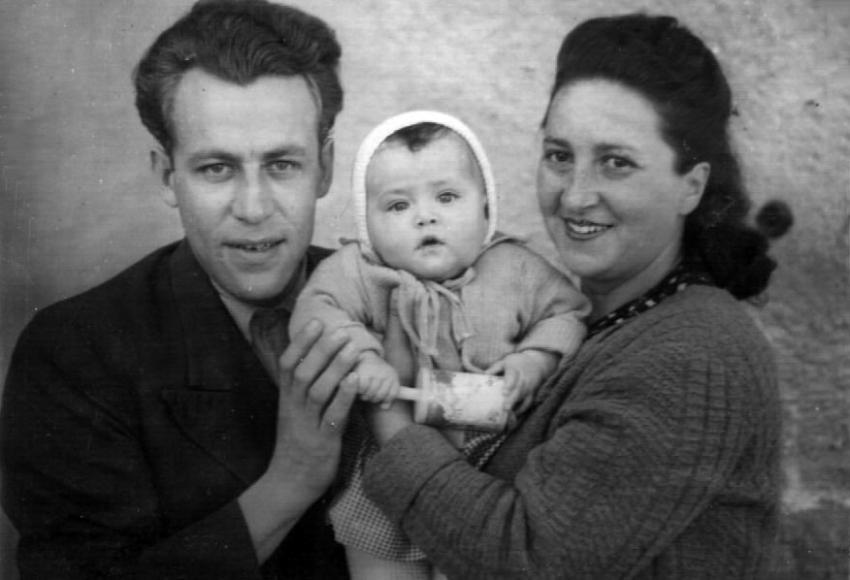

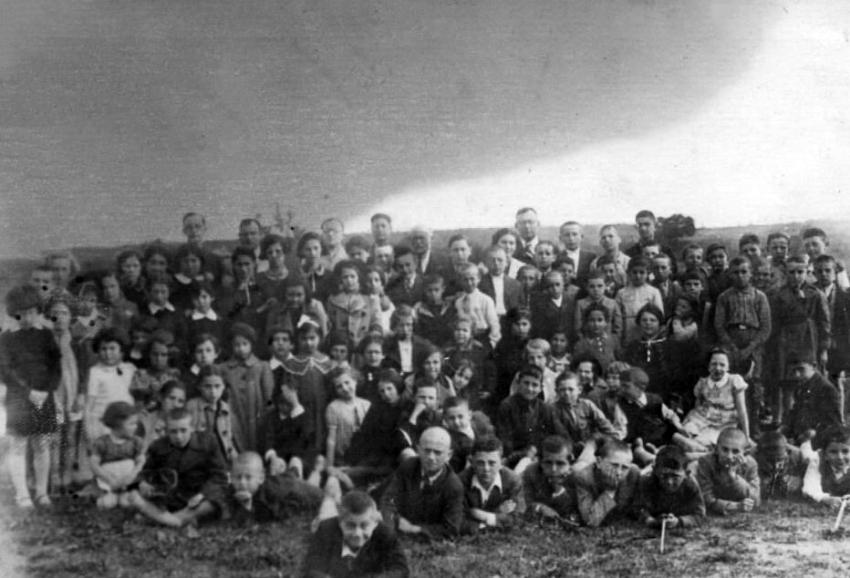

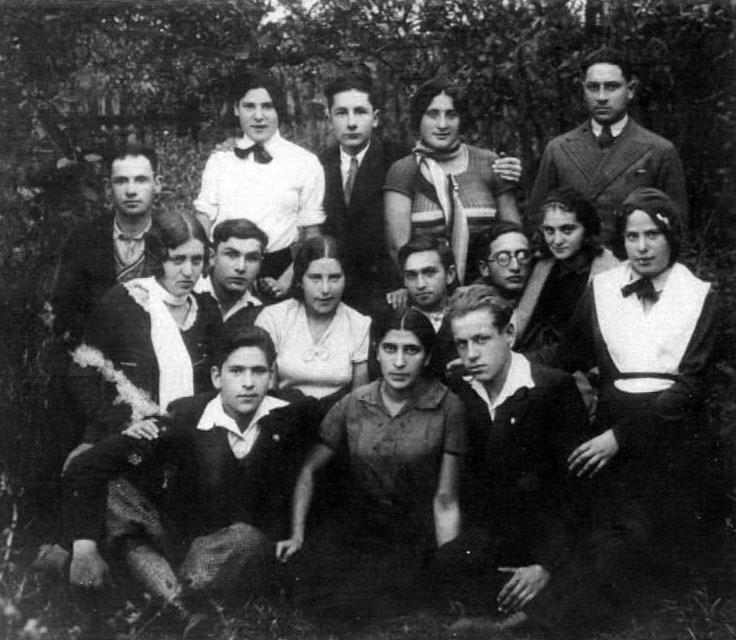

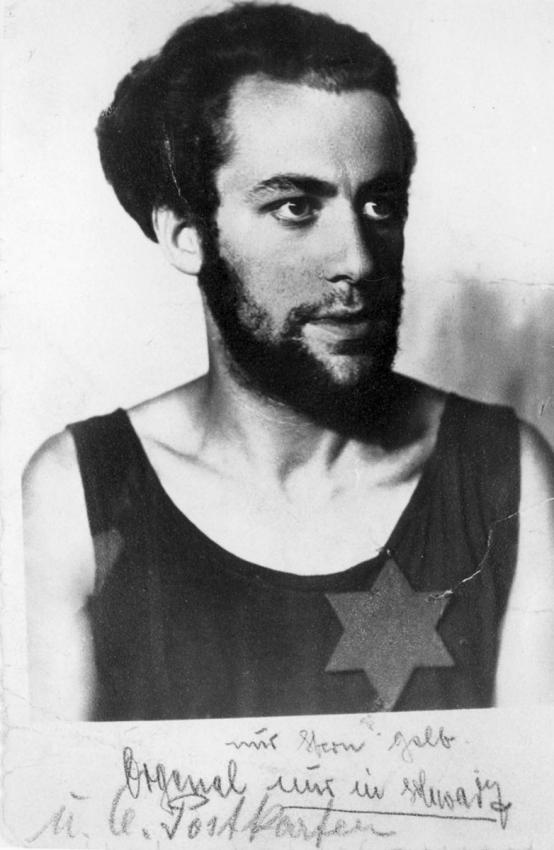

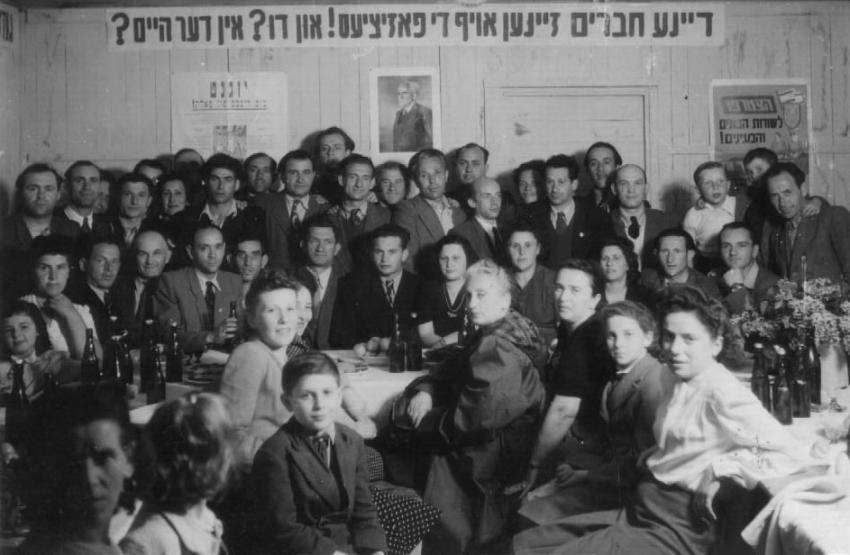

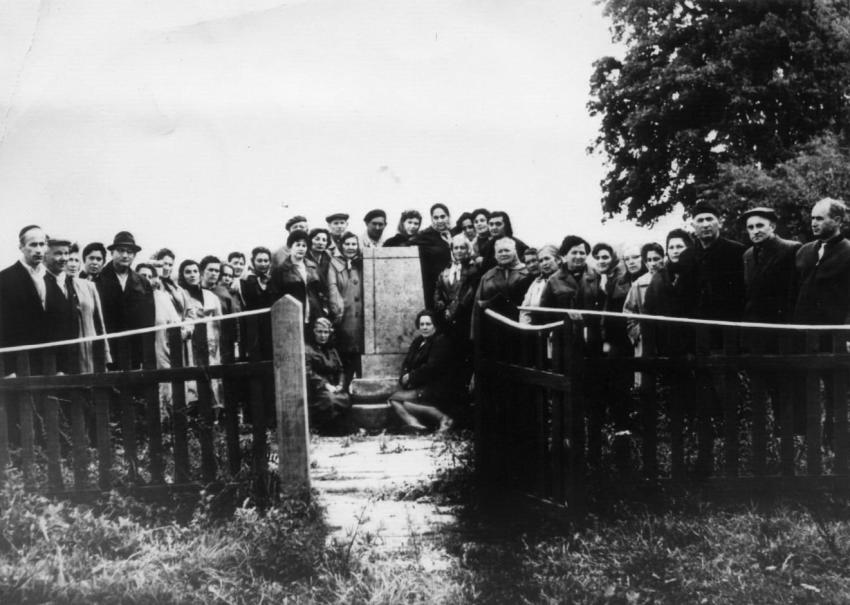

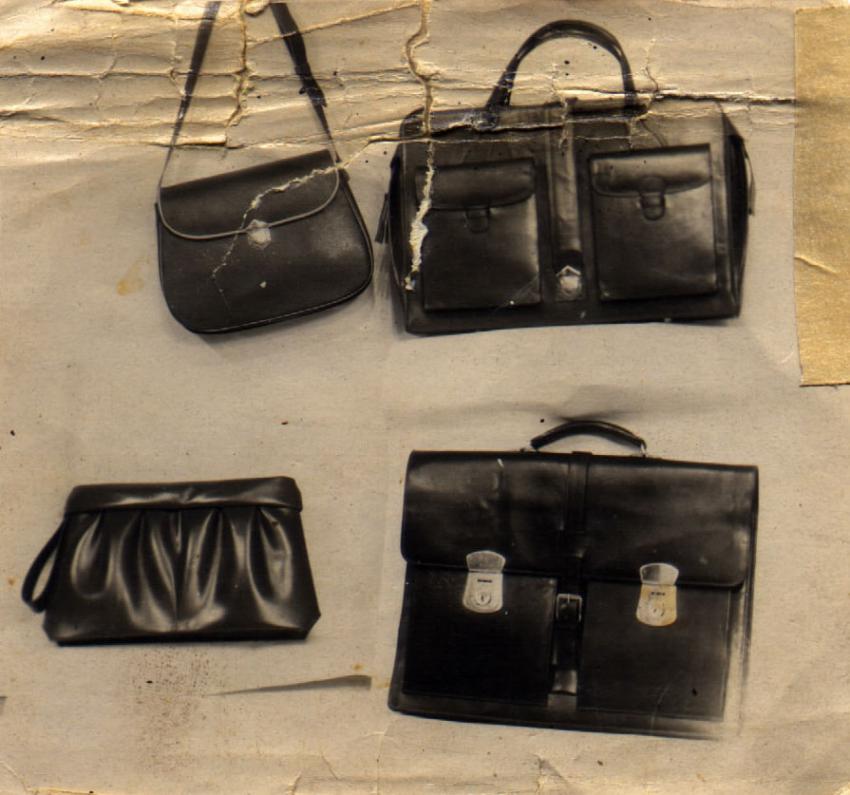

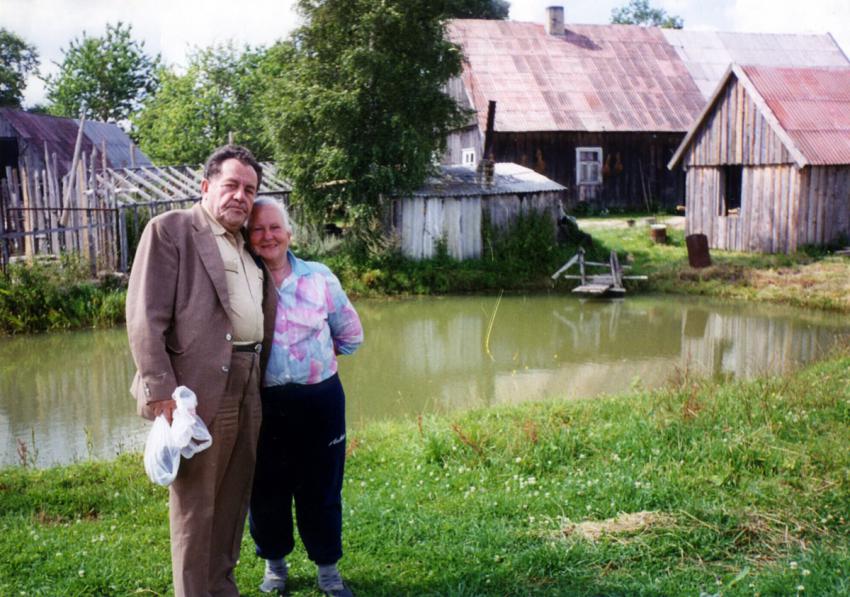

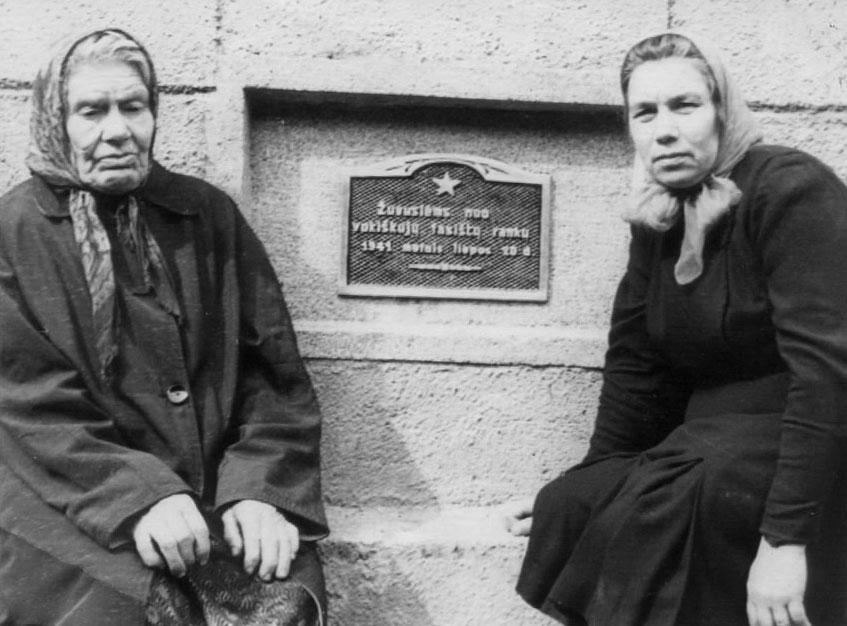

Sunday to Thursday: 09:00-17:00
Fridays and Holiday eves: 09:00-14:00
Yad Vashem is closed on Saturdays and all Jewish Holidays.
Entrance to the Holocaust History Museum is not permitted for children under the age of 10. Babies in strollers or carriers will not be permitted to enter.

Yad Vashem Artifacts Collection



















Yechezkel Fleisher was born in 1917 in Kelme, Lithuania, the youngest of six children of Shlomo-David and Tema-Dvorah Fleisher. The family made a living from their store that sold basic goods in the town. The family moved with four of the children, from Kelme to the larger town of Kursenai where Yechezkel grew up. After leaving Cheder he went to the local Tarbut school where he learned the skill of sewing.
At 17, Yechezkel, who was active in the Hechalutz Zionist movement, went on Hachshara in the town of Mazeiki. There the members of the “Kibbutz” worked in assorted trades for the local Jews. After serving in a number of roles across northern Lithuania, Yechezkel returned home to Kelme and in 1938 he opened his own business.
When the Baltic States came under Soviet rule in 1940, the living conditions of the Jews worsened considerably. When war broke out between Russia and Germany in 1941, Yechezkel was forced to close his sewing workshop and embark on a life of flight and wandering that was to last three years. After a quick farewell to his family, that he thought would be temporary, Yechezkel and his girlfriend Bella Gurewicz made their way to her family in Linkuva, but as they passed through Siauliai, they encountered Jews fleeing in the direction of Latvia and among them Yechezkel’s sister, Batya, her husband Michael Gutstein and their six year old daughter. To the dismay of all, the Nazi troops had preceded them at the border and they were forced to turn back, not without witnessing the warm reception extended to the Nazis by the local Lithuanian population.
On their return to Siauliai the Lithuanian hooligans caught up with the returning Jews. They were held in a barn for a few days and then taken to the “red prison” in Siauliai. The women and children were released but the men remained. Groups of the prisoners were taken at night to dig pits in the forest, among them Yechezkel and his brother in law, Michael. Only with time did they understand the sinister purpose of the pits.
Luckily, Yechezkel and his brother in law were released to their home with instructions to wear a yellow star. On the way home Yechezkel decided to have his photograph taken in his new guise. He managed to preserve this photo throughout the war, sewn inside his clothing. Yechezkel & Michael returned from prison in poor physical condition but their situation was incomparably better than the fate of others. Only 140 out of the 800 or so imprisoned in the “red prison” survived.
On their return Yechezkel and Michael found Batya and her daughter at home but Yechezkel’s girlfriend Bella had returned to her family in Linkuva where she ultimately suffered the tragic fate of the Jews of the town.
After a short period a ghetto was set up in Siauliai. Yechezkel and his sister’s family and an additional woman and child were forced to share a cramped apartment. As time went on another woman, Leah Koppel joined them. Leah, who had survived the mass killings thanks to the Lithuanian Stefanius Linkus, was smuggled back into the ghetto and at the beginning of 1943 Yechezkel married her in order to “legalize” her existence in the ghetto.
Yechezkel managed to find work in the Frankel factory that manufactured wallets and other leather goods for the Nazis and secretly made other items to be sold on the black market. From leather scraps Yechezkel made wallets that a neighbour smuggled out of the ghetto and sold to Lithuanian peasants in exchange for pouches of tobacco. In exchange for each tobacco pouch, Yechezkel was able to receive a loaf of bread.
On the 5th of November 1943, all the “non-productive” residents of the ghetto – children and the elderly – were rounded up. Yechezkel and his sister and brother-in -law who worked nearby watched in horror how a Ukranian guard with a rifle led “the enemy”: Celinka, Yechezkel’s eight year old neice holding the hand of a four and a half year old. Those rounded up in the notorious Kinder-aktzia were transported in trains to their deaths.
The next day, Yechezkel and his wife Leah escaped the ghetto with the help of the Lithuanian Stefanius Linkus who had previously saved Leah. The couple found a hiding place in the vicinity of Telsiai where they survived thanks to the pieces of leather and tools that Yechezkel had brought with him from the ghetto.
Yechezkel describes how important these items were for their survival:
…when we escaped ghetto Siauliai…I took with me pieces of leather that I managed to steal from the factory while working for the Germans. In the factory we made all sorts of bags and wallets. I took a knife, a scissors, an awl, needles, thread and glue. The bags I made in hiding were made by hand, stitch by stitch, so that they would look as if they were machine stitched. Machine stitching that would have normally taken 10-15 minutes would take 25 hours! The lining was made from my wife’s dress. I would use the potato-flour porridge we had to eat in the morning, to glue the lining to the stiffened shapes of the pieces of the bag. While we were in hiding I made two or three bags like this. We were hidden for 5 or 6 months. I would give the bag to the Lithuanian who hid us to pass on to a friend of my wife’s in Telsiai who sold it through a store that sold wallets and bags. This bag is the last one I made. When the Russian front came close we had to flee again and I didn’t have an opportunity to sell it.”
Until October 1944 when the area was liberated by the Red army Yechezkel and Leah moved from place to place. They then returned to Siauliai and when Yechezkel’s sister and her husband returned from the camps, the four rented an apartment together. Here Leah and Yechezkel’s daughter Elka was born. Both families decided to join the Bericha movement so that they could come to live in Eretz Israel. They started out with false papers when Elka was only 17 days old, traveling through Vilna to Grodno. After a number of unsuccessful attempts they managed to enter Poland. For six months they wandered through Grodno, Bialystok, Lodz, Warsaw, Berlin and Munich until they finally arrived at Feldafing DP camp. Michael and Batya sailed on the Exodus in 1947. Yechezkel and Leah came with Elka in December 1948.

Thank you for registering to receive information from Yad Vashem.
You will receive periodic updates regarding recent events, publications and new initiatives.

"The work of Yad Vashem is critical and necessary to remind the world of the consequences of hate"
Paul Daly
#GivingTuesday
Donate to Educate Against Hate


Worldwide antisemitism is on the rise.
At Yad Vashem, we strive to make the world a better place by combating antisemitism through teacher training, international lectures and workshops and online courses.
We need you to partner with us in this vital mission to #EducateAgainstHate
The good news:
The Yad Vashem website had recently undergone a major upgrade!
The less good news:
The page you are looking for has apparently been moved.
We are therefore redirecting you to what we hope will be a useful landing page.
For any questions/clarifications/problems, please contact: webmaster@yadvashem.org.il
Press the X button to continue



